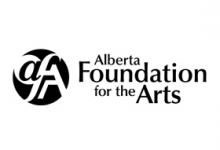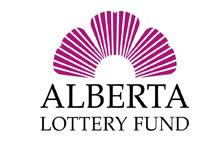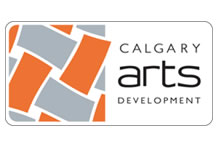About
In the Act2Learn program, students actually play the parts of a relationship about which you are teaching. If you are teaching about sonar, students play the bat, the food of the bat, and the sound waves that are sent out by the bat to find food. This is the key to the power of Act2Learn. It makes relationships within a situation clear. It is not a static representation of a concept or situation, but an active and adaptable experience.
“Act2Learn is an arts immersion technique. We act out “models” of the subject material, which creates a long-term physical memory for the students.”
When things move, we see how the interaction between the parts influences the big picture. If we act out erosion, we see that the forces of wind, rain, and temperature affect the terrain of a mountain. But, to really learn how this works, we need to see it as motion over time.
In Act2Learn, we can see the change in the mountain, how water erosion deposits sediment in new places, and how freezing breaks apart rock. Students can act all of this quite easily. Unlike a video, the teacher and students can modify the demonstration in order to answer new questions.





